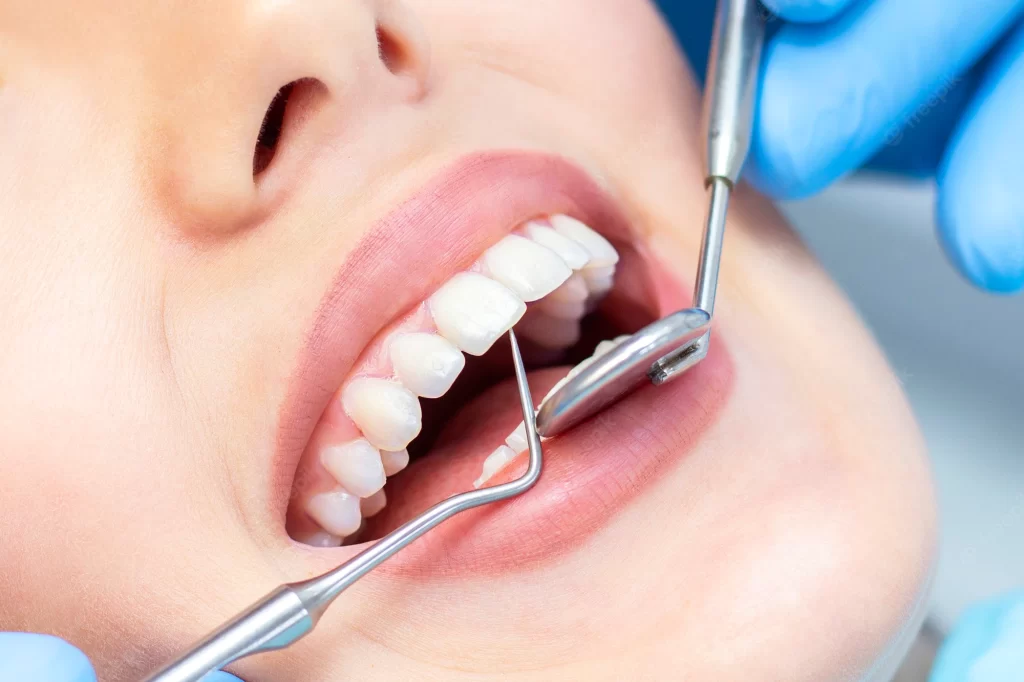
A dental extraction is the process of removing a tooth from its alveolus. There are several different reasons for performing this procedure. The most common reason is tooth decay. If you have a tooth that has decayed beyond repair, you may need to have it removed. Fortunately, there are many different types of dental extractions. Read on to find out how to make the best choice for your situation. Here are some tips to make the process go as smoothly as possible.
Before the extraction, the dentist will numb the area to be extracted. Once the area is anesthetized, the extraction process begins. The dentist will use specialized instruments to loosen the tooth and lift it from the socket. The extraction site may require the use of dental x-rays. The extraction site should clot in order to minimize any bleeding, so make sure to notify your dentist immediately if you feel any pain. Your dentist may also pack the extraction site with gauze to prevent it from bleeding. They may also place self-dissolving stitches.
Once the extraction is complete, you should follow the dentist’s instructions. Usually, you’ll need to take a day off work or school to recuperate. The area surrounding the tooth will be tender, so avoid strenuous activity for at least 48 hours. Taking antibiotics and painkillers can also help you feel better. You should avoid brushing or spitting for the first 24 hours. And you should avoid chewing gum or chewing on straws for at least 24 hours.
There are several types of dental extractions. The procedure can take anywhere from five to thirty minutes, depending on the anesthetic used. During this procedure, the dentist will use a combination of elevators, luxators, and extraction forceps to remove the tooth. Once the tooth is removed, the bone around the root is removed, reducing the chances of complications. This procedure can also result in a broken tooth. You should consult a dentist for advice about the type of tooth extraction you need.
A tooth extraction is often required if it becomes infected or partially trapped under the gums. Infection can spread to surrounding teeth, which may lead to the loosening and eventual fall of the affected tooth. An extraction is required only if the infection is severe and cannot be cured through other treatment options. If the tooth is too large or has deep decay, you can opt for a filling or a crown instead. In more serious cases, your dentist may recommend a bridge or implant to replace the tooth.
Dental extraction procedures are generally safe. Your dentist will ask you about your health history and any conditions that may increase your risk of infection. Some of these include liver disease, congenital heart defects, and an impaired immune system. The dentist will also prescribe antibiotics before and after the procedure. In addition to your dental exam, you should inform the dentist about any medications you take and any over-the-counter or prescription drugs that you take. A friend or family member should drive you home after the procedure.







